Stop the "oil spill" type of space development
The Department of Planning and Architecture of Ho Chi Minh City has just sent a document to the People's Committee of Ho Chi Minh City to report on the proposal to implement the Project to form an urban industrial belt, services, and logistics along the corridors of Ring Roads 3 and 4 and inter-regional expressways.
According to the assessment of the Department of Planning and Investment, these are the key and strategic traffic axes, connecting urban areas, industrial and service centers of the Southeast region, playing a role in promoting multimodal regional connectivity, while promoting the role of the core urban area of Ho Chi Minh City in its relationship with the Southeast region. The investment in the construction of Ring Roads 3 and 4 and the upcoming formation of expressways will expand the development space, create new development momentum, and promote the formation of important industrial, service and logistics belts of the region.
In addition, Ho Chi Minh City is a city directly under the Central Government, a special urban area with the largest population and economic scale in Vietnam, located in a strategic geographical position in the center of the Southeast region with strongly developed multimodal transport connections. Practice shows that exploiting the city's development potential, especially in the high-tech industrial, service and logistics sectors, is of great significance in promoting socio-economic development in the Southeast region and the whole country.
Therefore, the fact that the beltways and inter-regional expressways are being accelerated requires research to assess the current situation, identify opportunities and challenges, etc. to develop strategies, programs and plans for the development of urban industrial belts, services and logistics along the corridors of these vital traffic routes. From there, there is a basis to propose policy solutions to attract investment, create a favorable and sustainable investment environment, and at the same time contribute to the socio-economic development of the region.
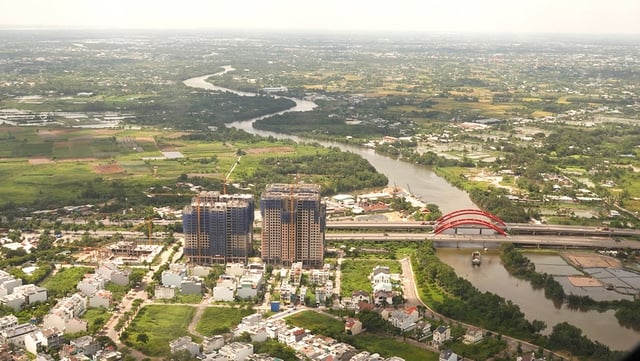
Experts emphasize that Ho Chi Minh City needs to expand its connectivity space to maximize its advantages. SY DONG
The idea of forming an industrial belt and connecting services throughout the region was previously mentioned in the draft project to adjust the general planning of Ho Chi Minh City to 2040, with a vision to 2060, with the "topic" proposed by Chairman of the City People's Committee Phan Van Mai focusing on studying "dynamism" and "openness" in regional linkage. Mr. Phan Van Mai said that previously, the orientation of the General Planning of Ho Chi Minh City to 2025 according to Decision 24/2010 of the Prime Minister determined that Ho Chi Minh City would develop according to a multi-polar concentrated model (also known as a metropolis). However, reality shows that this model is difficult to implement. First of all, the population distribution is currently decreasing in the central area and increasing rapidly in the directions. Along with that, Ho Chi Minh City has not clearly formed large centers, while urban areas in the suburbs mainly develop in a widespread manner. In many areas, spontaneous development is still taking place in an "oil spill" style, lacking synchronous infrastructure connections.
Therefore, Ho Chi Minh City is studying to transform itself into a multi-center model (multi-polar combined with secondary centers). New planning research projects need to be completed and further clarified in the multi-center urban model of the city. From there, the consulting unit has proposed a number of solutions to connect the city with major cities in the region such as building axes from Ho Chi Minh City connecting with major cities in the region; forming industrial - urban - service belts along Ring Roads 3 and 4; building Can Gio international transit port...
Open links, economic breakthroughs across the region
Urban planning expert and architect Ngo Viet Nam Son believes that in the correlation of regional connectivity between Ho Chi Minh City and localities in the southern key economic region, the connection between Ho Chi Minh City and the provinces of Binh Duong, Dong Nai, and Ba Ria-Vung Tau is the most important and needs to be prioritized. Because these are the localities that contribute the most to the national budget, but for a long time, they have developed in a localized direction, each person running for their own benefit, and the connection and linkage are still quite weak.
Specifically, the connecting traffic system including the beltway system, radial highways, railways, aviation, etc. is still under construction, expanded, and not yet completed. The railway from Saigon station connects to Song Than and Di An stations in Dong Nai and Binh Duong but has not yet connected to Ba Ria-Vung Tau. The air route is also weak because Tan Son Nhat airport is overloaded and Long Thanh airport has not yet been formed. The waterway is also not stable, the Cai Mep - Thi Vai port clusters, Cat Lai port, etc. located along the Saigon River and Dong Nai River do not have a cohesive connection or cooperation in warehouses, infrastructure, etc. The loose connection makes the economic development of the whole region not develop commensurate with its potential.
“If we can build a corridor system connecting logistics, services, and industry between these four localities, it will certainly create a breakthrough to boost the GRDP of each locality as well as the economy of the whole country to a higher level. Currently, Ring Road 3, Ring Road 4 and the system of expressways in the Southeast region are being focused on promoting and soon forming, creating very good conditions to tighten the connection and linkage of this key region,” said architect Ngo Viet Nam Son.
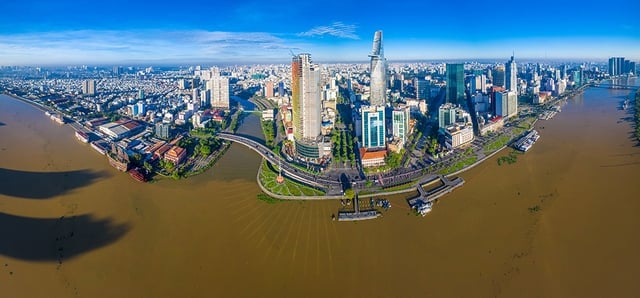
Ho Chi Minh City is researching to transform into a multi-center model. Nguyen Minh Tu
Dr. Truong Minh Huy Vu, Deputy Director of the Ho Chi Minh City Institute for Development Studies, also affirmed that organizing industrial development space associated with regional linkages will create a very good driving force for Ho Chi Minh City to reposition its industry and core strategy. According to Mr. Vu, although identified as playing an important role in the economy, contributing greatly to the budget, creating a spillover effect to promote the development of other sectors, Ho Chi Minh City's industrial sector is showing signs of slowing down, its competitiveness is decreasing, facing many major challenges that weaken its role as an industrial center of the southern key economic region and the whole country.
Ho Chi Minh City aims to become a modern industrial city by 2030; a high-tech industrial center, a research and development center, a startup and innovation center for the country and Southeast Asia. High-tech industrial products account for an increasing proportion in the added value structure of the industrial sector; develop supporting industrial products to participate in the global supply chain; gradually shift to self-sufficiency in raw material production, self-design and production. Vision to 2050, Ho Chi Minh City will become a city with a modern industrial development on par with major cities in the region, reaching the continental level.
“With such a goal, Ho Chi Minh City needs to identify concentrated industrial production areas associated with the network of industrial parks and clusters, and industrial production areas outside industrial parks and clusters to ensure infrastructure for industrial development in the next phase. Arrange and organize industrial development space associated with regional linkages,” Mr. Vu emphasized.
Accordingly, projects to produce supporting industrial products in industry clusters in Ho Chi Minh City and the Southeast region; some industries of the city can expand investment in the Southeast region, the Mekong Delta region and other localities. In addition, Ho Chi Minh City is the nucleus and growth pole of the southern dynamic region, linked with the urban - industrial - service corridor of Binh Duong, Dong Nai, Ba Ria - Vung Tau provinces. With the goal of deep international integration, having a prominent position in the Southeast Asia region, the city needs to expand the connection space to maximize its advantages.
Ho Chi Minh City must play a core and guiding role.
Although the importance and significance of the project has been identified, the Department of Planning and Investment of Ho Chi Minh City believes that with such nature and scale, the research on the construction of an urban industrial belt will include a very large research scope, spanning across all provinces in the Southeast region; requiring close coordination between the People's Committees of the provinces and cities in the region. The Department and experts found that the research and construction of a project with such a regional scope in a very short time (only about 3-4 months; until about October - November this year) is not feasible; especially for the contents that require discussion and consensus of all provincial authorities in the region.
Architect Ngo Viet Nam Son agreed that negotiating with provinces and cities would take a long time because in the association, it is necessary to sign agreements that require discussion and consensus to balance the interests of all parties. However, in terms of how to orient regional associations and how to develop the belt system, Ho Chi Minh City still has to conduct research on the entire region and then proactively do the work within its scope first.
“We cannot sit and wait, whatever can be done must be done immediately, but planning is still needed in relation to the linkage between localities. If the urban industrial belt, services, and logistics are not placed in regional linkage, it will become a meaningless project. Not to mention, without an overall view, it is impossible to identify risks that need to be anticipated, especially land funds for regional linkage,” Mr. Ngo Viet Nam Son commented and emphasized that without a consistent plan, especially for transportation projects that are squeezed by both sides, it will be very difficult to develop in the future.
A typical example is the Ho Chi Minh City – Long Thanh – Dau Giay Expressway, when designing the intersection on the Ho Chi Minh City side, there was a lack of foresight, so the highway had the same road boundary from Long Thanh to Ho Chi Minh City, without calculating that vehicles running at 100 km/h on the highway, reduced to 40 – 50 km/h at the intersections, needing to widen the road 1.5 – 2 times to avoid congestion. As a result, the access road became a bottleneck of the highway, and it was difficult to widen it later because the houses on both sides were close together, and land clearance was extremely difficult. “Without a specific direction and a vision for the future, what is done first sometimes hinders what is done later,” this expert warned.
Therefore, Architect Ngo Viet Nam Son emphasized that the project to form an urban industrial belt, services, logistics along the corridors of Ring Road 3, 4 and inter-regional expressways of Ho Chi Minh City needs to be placed in the overall regional connectivity planning, divided into detailed implementation phases. In which, phase 1 is to study the scale of the city itself as proposed by the Department of Planning and Investment; phase 2 discusses how to connect localities in the region, how to sign; phase 3 is how to build, where to invest capital; phase 4 is the issue of management, clearly dividing which part is managed by Ho Chi Minh City, which part belongs to the localities; phase 5 is to draw experience, how to coordinate the planning of the Ho Chi Minh City region... All 5 phases must have a clear roadmap. Small projects must also be within the larger scheme to demonstrate the core role and orientation of Ho Chi Minh City.
Some solutions to connect Ho Chi Minh City with major cities in the region
– Focus on expanding and upgrading Tan Son Nhat International Airport; attracting investment and strongly developing concentrated information technology zones; building and upgrading national performing arts facilities to meet the requirements of organizing national and international art events; forming and developing a national center for supporting innovative startups.
– Regarding traffic connection, the city extends the southern dynamic axis parallel to National Highway 50 and connects with the coastal road in Tien Giang; adds a route connecting to Long Thanh airport from the center of Ho Chi Minh City via Phu My 2 bridge.
– Add an eastern connection with Dong Nai to National Highway 20 to reduce the load on National Highway 1 and Long Thanh – Dau Giay Expressway; connect the coastal road from Go Cong (Tien Giang) through the Soai Rap estuary to Can Gio and extend to Ben Luc – Long Thanh Expressway.
– Regarding railway, connecting Ho Chi Minh City – Can Tho railway with Ho Chi Minh City – Nha Trang via the elevated section along Nguyen Van Linh street, Hanoi highway – Ring Road 2. In the future, the Hoa Hung – Binh Trieu – An Binh section will be converted into an urban railway.
(Project to adjust the general planning of Ho Chi Minh City to 2040, vision 2060)
Nearly 134,000 billion VND invested in 4 ports and 10 urban areas along Ring Road 4
Binh Duong Provincial People's Committee approved the urban development area along Ring Road 4 - Zone 1, Ben Cat City. Accordingly, by 2040, this area will have 4 ports and 10 urban areas with a total investment of nearly 133,728 billion VND. The urban development area along Ring Road 4 - Zone 1 has an area of about 2,702 hectares, including part of An Tay Ward, An Dien Ward and Phu An Commune; the northern boundary borders Thanh Tuyen Commune, Dau Tieng District; the southern and western borders Saigon River, Cu Chi District, Ho Chi Minh City; the eastern border borders DH609, DT744, DT748 and Thi Tinh River, Thoi Hoa Ward, Ben Cat City. The main nature and function of the area is a port - logistics - service urban area; An important traffic hub of the province, a gateway connecting to Ho Chi Minh City via the Ring Road 4. Binh Duong Province said that investment resources for urban development are proposed from the state budget, socialized capital, bonds; capital mobilized by investors for urban development projects and other legal capital sources.
Source: https://thanhnien.vn/hinh-thanh-vanh-dai-lien-ket-kinh-te-toan-vung-phia-nam-18524071422212311.htm





![[Photo] Overcoming all difficulties, speeding up construction progress of Hoa Binh Hydropower Plant Expansion Project](https://vstatic.vietnam.vn/vietnam/resource/IMAGE/2025/4/12/bff04b551e98484c84d74c8faa3526e0)
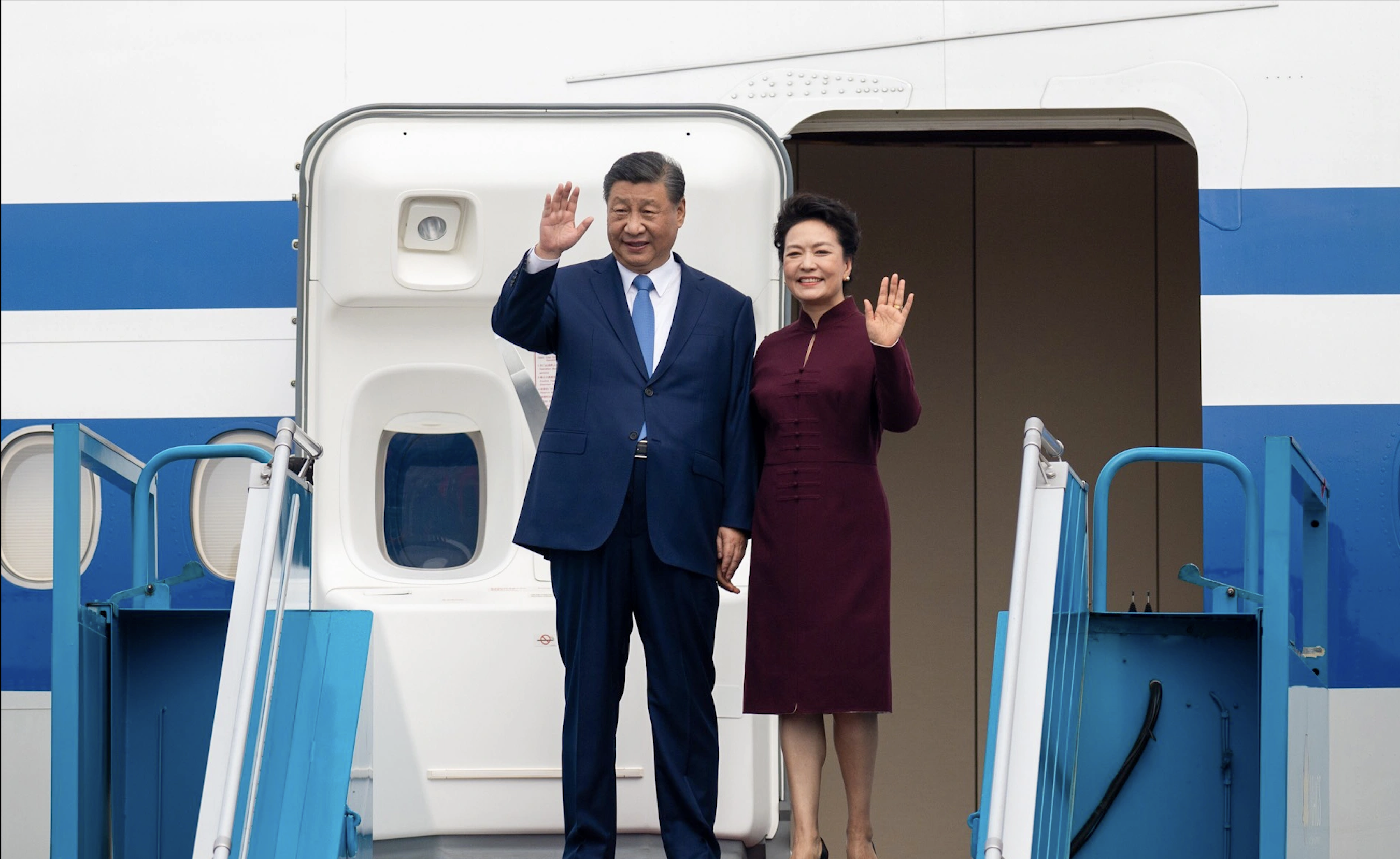
![[Photo] Closing of the 11th Conference of the 13th Central Committee of the Communist Party of Vietnam](https://vstatic.vietnam.vn/vietnam/resource/IMAGE/2025/4/12/114b57fe6e9b4814a5ddfacf6dfe5b7f)
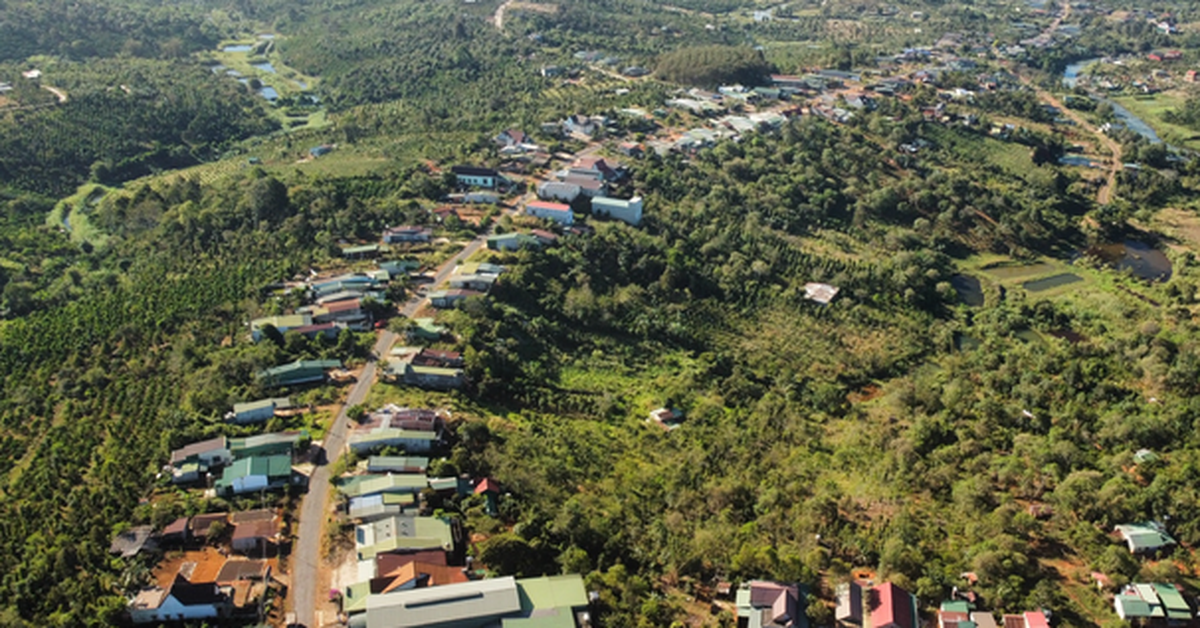

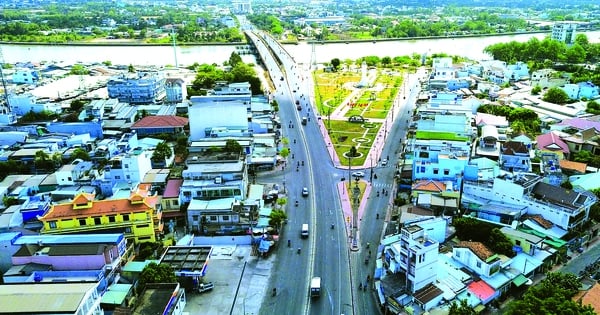


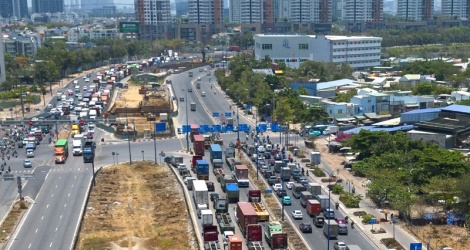


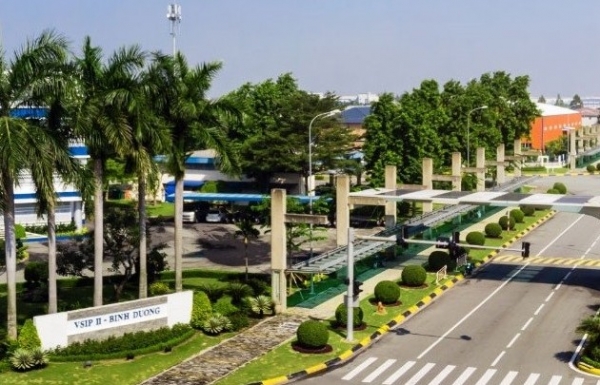

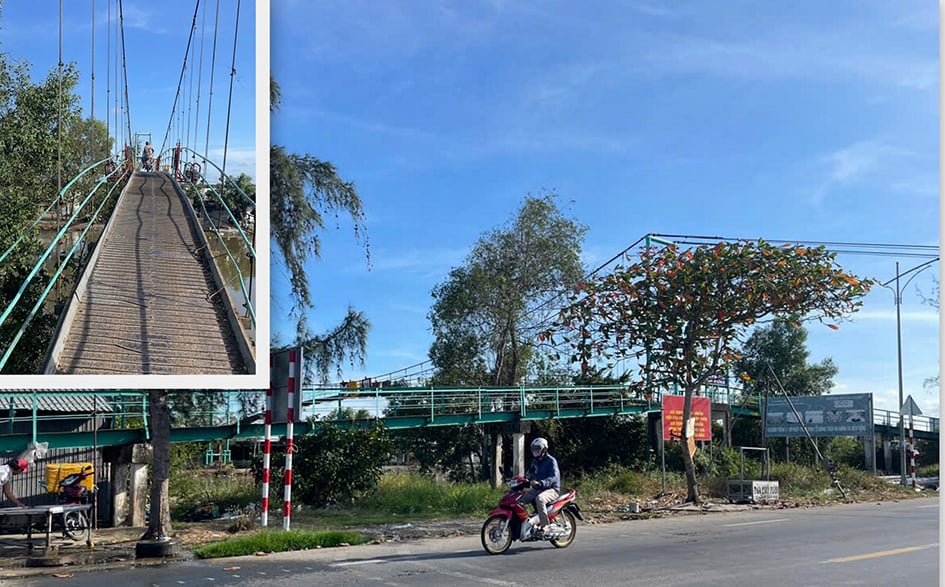
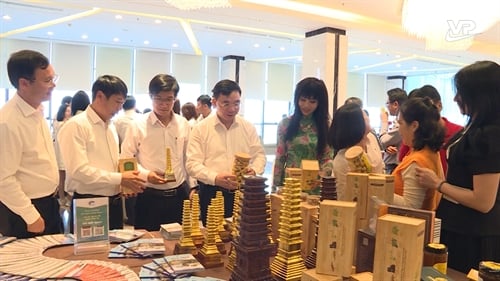
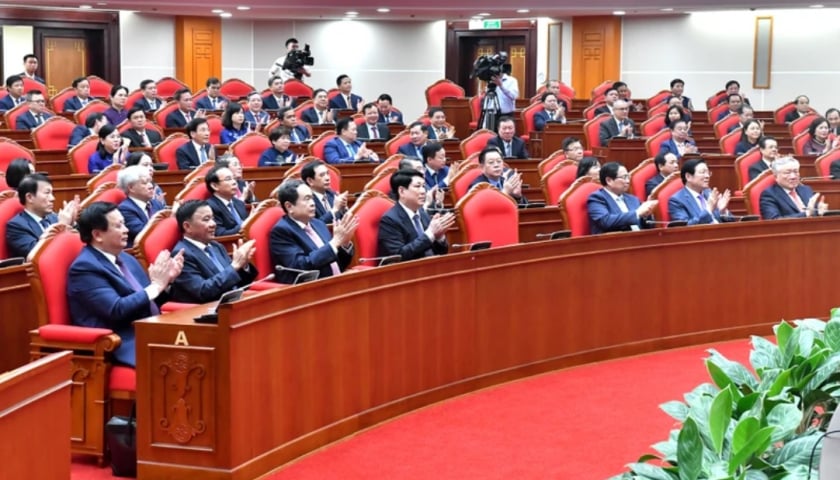
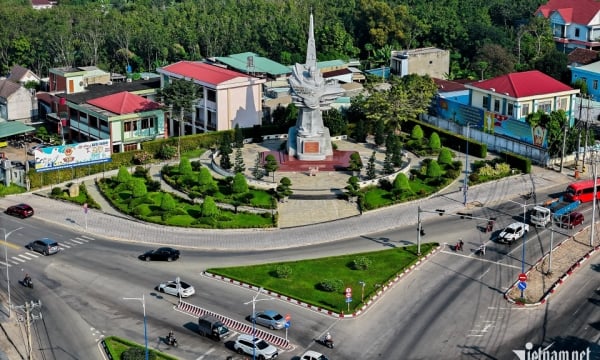
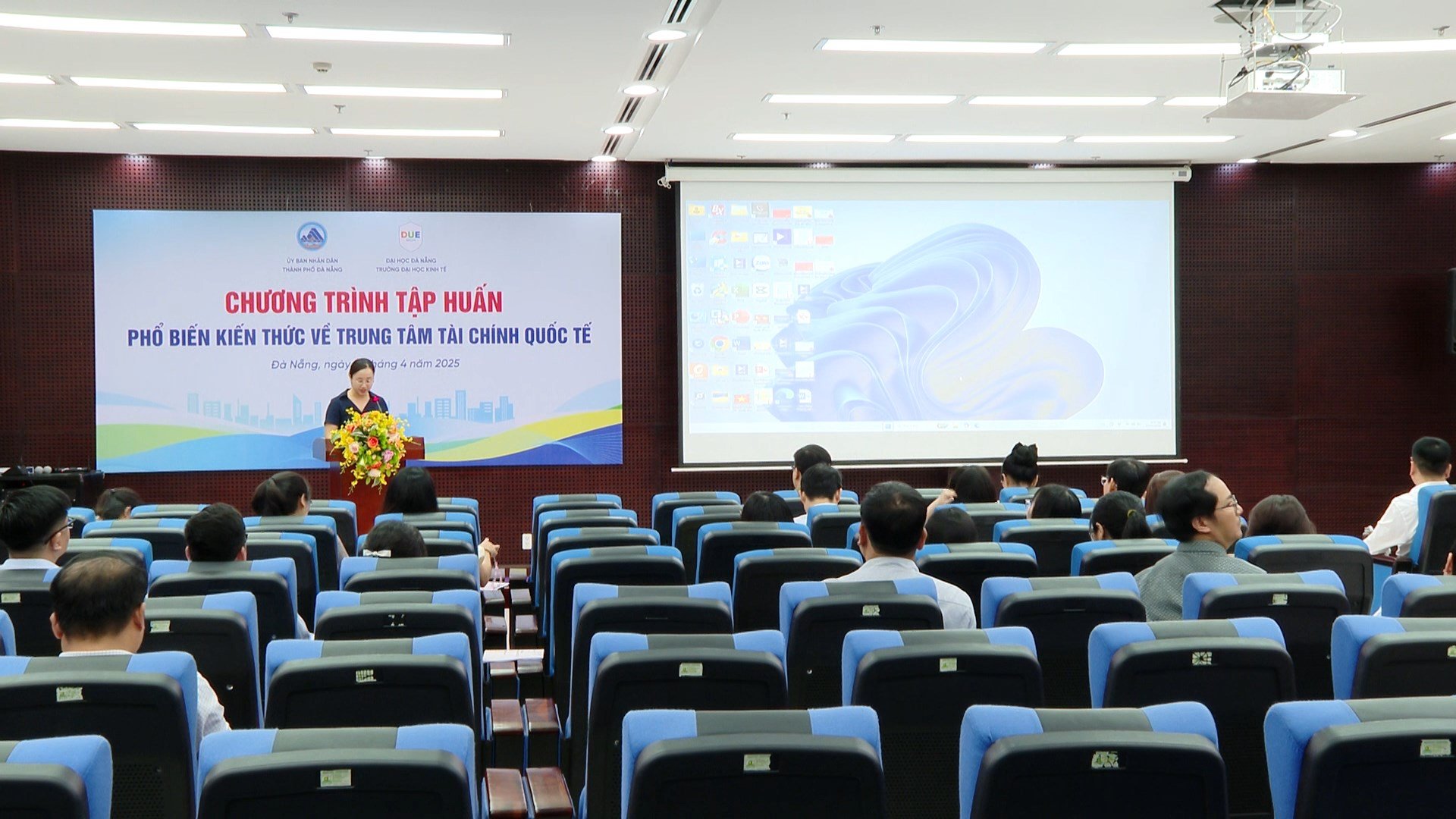
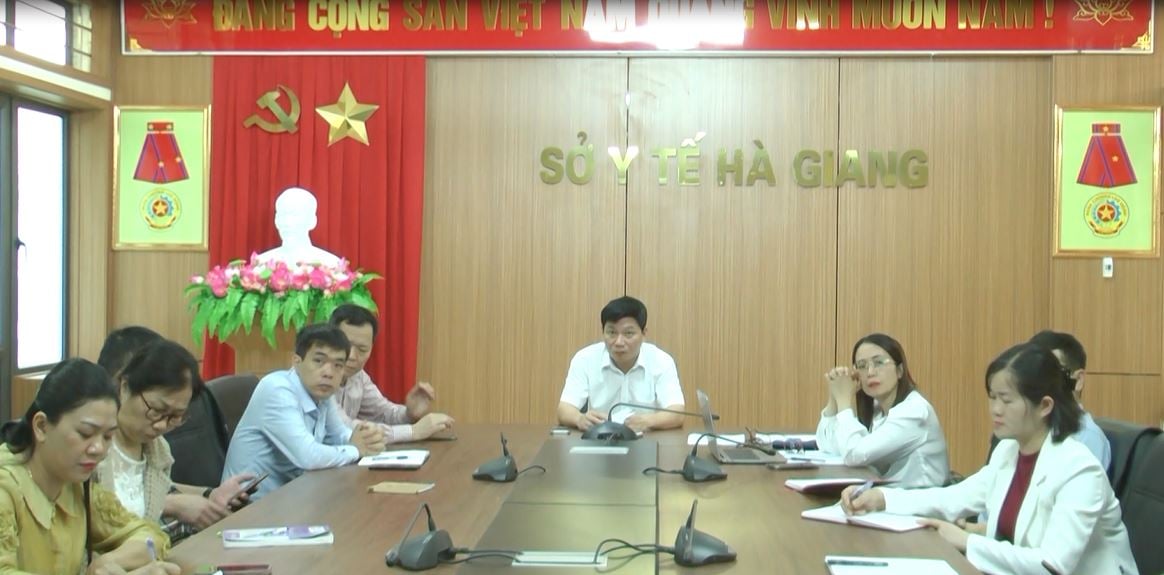




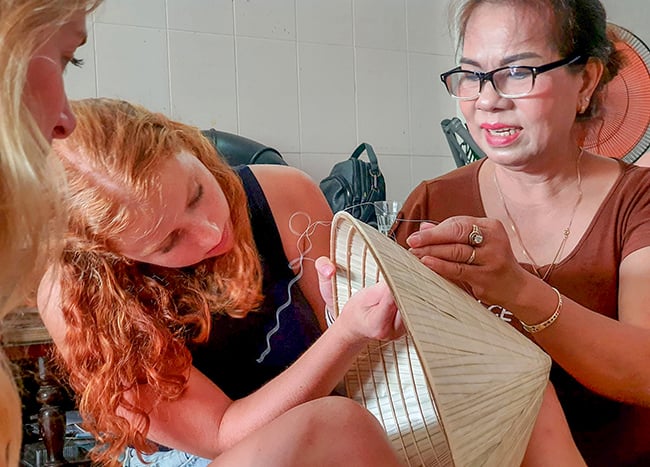
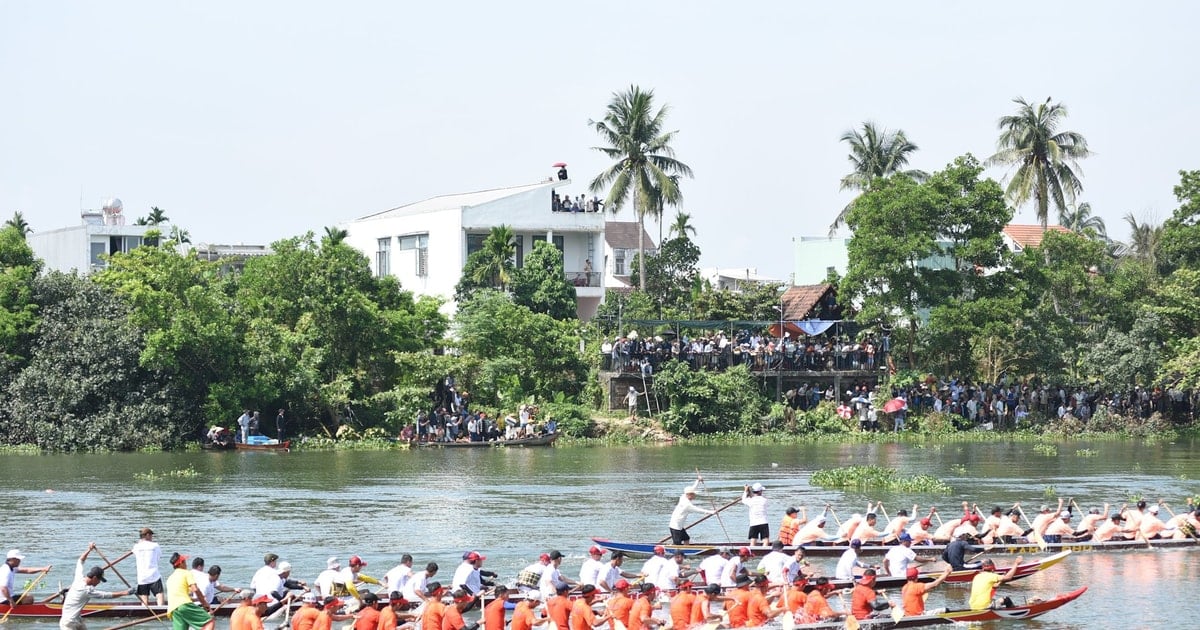
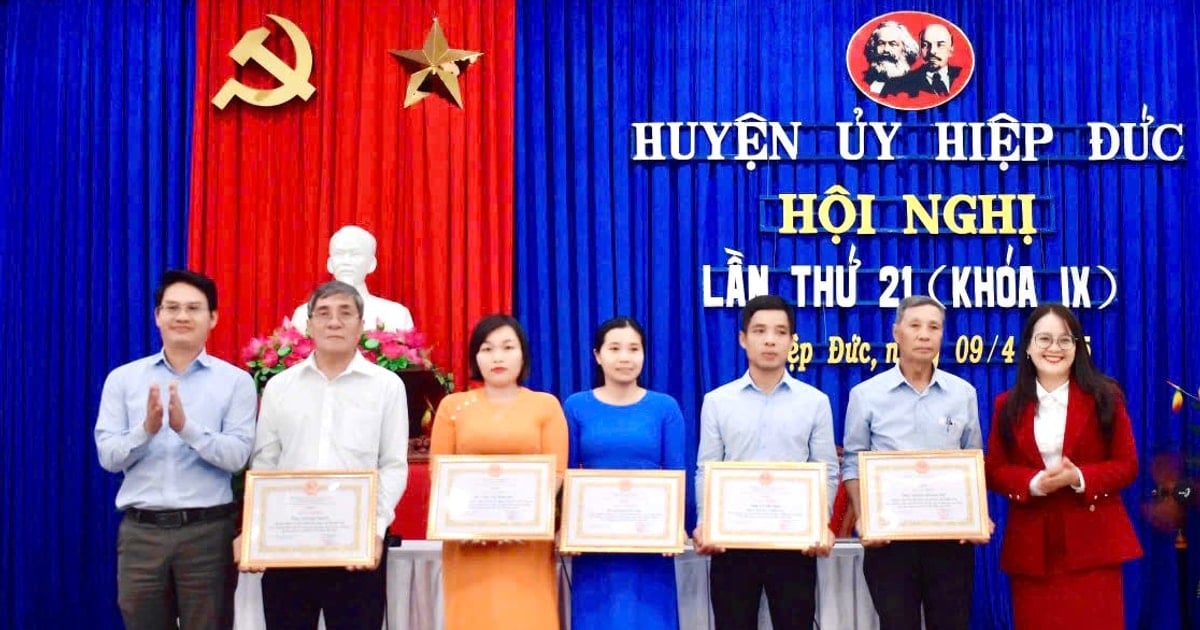
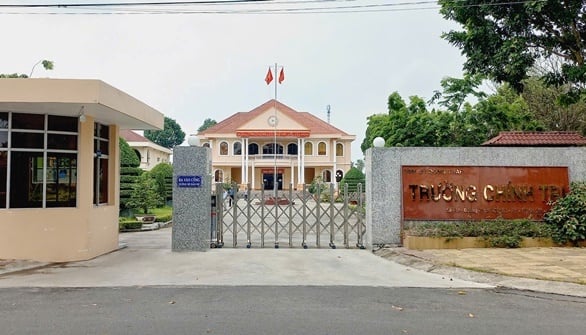












































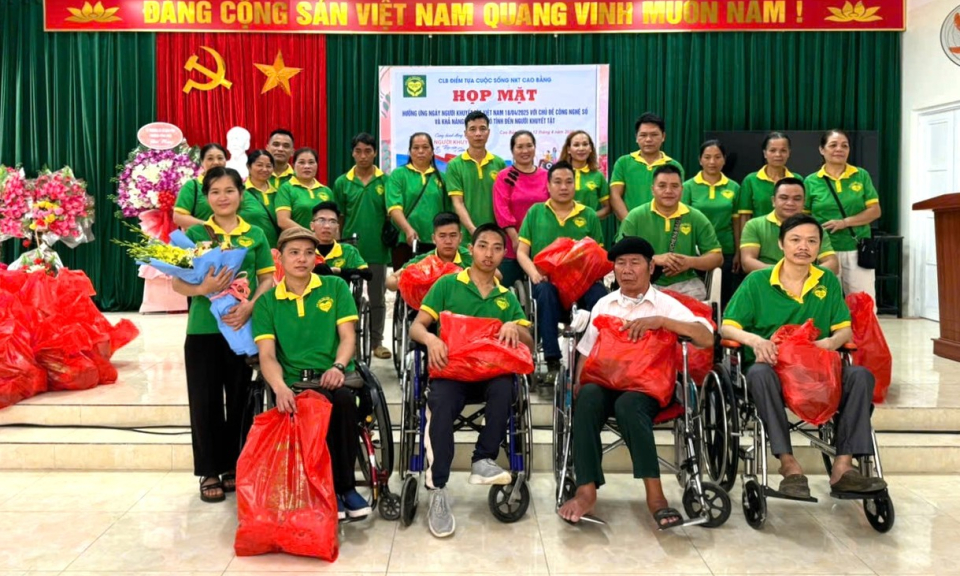






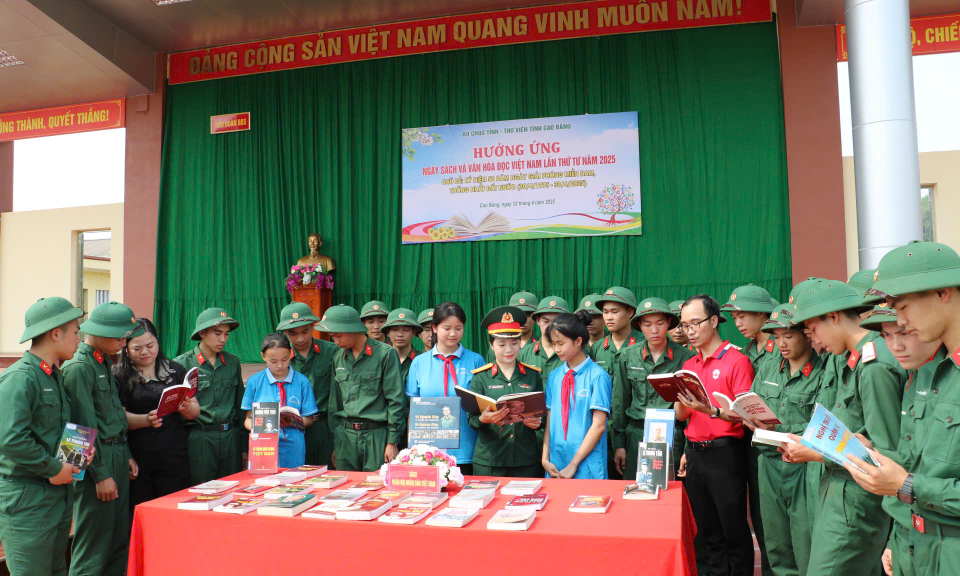
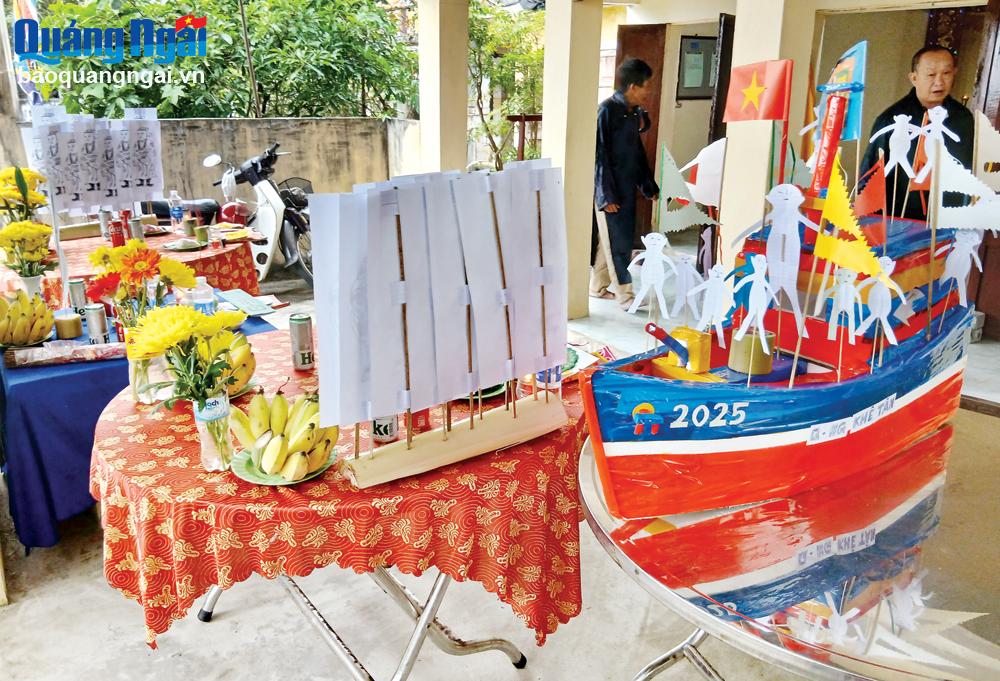











Comment (0)